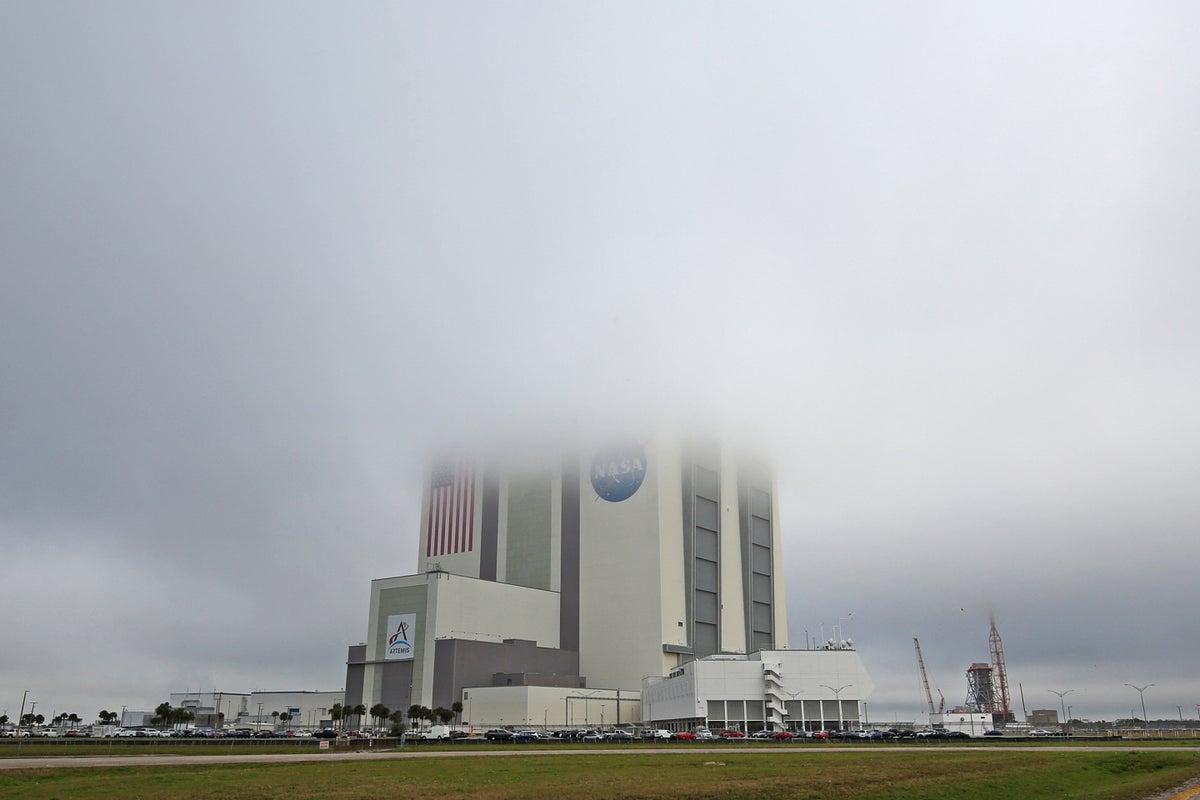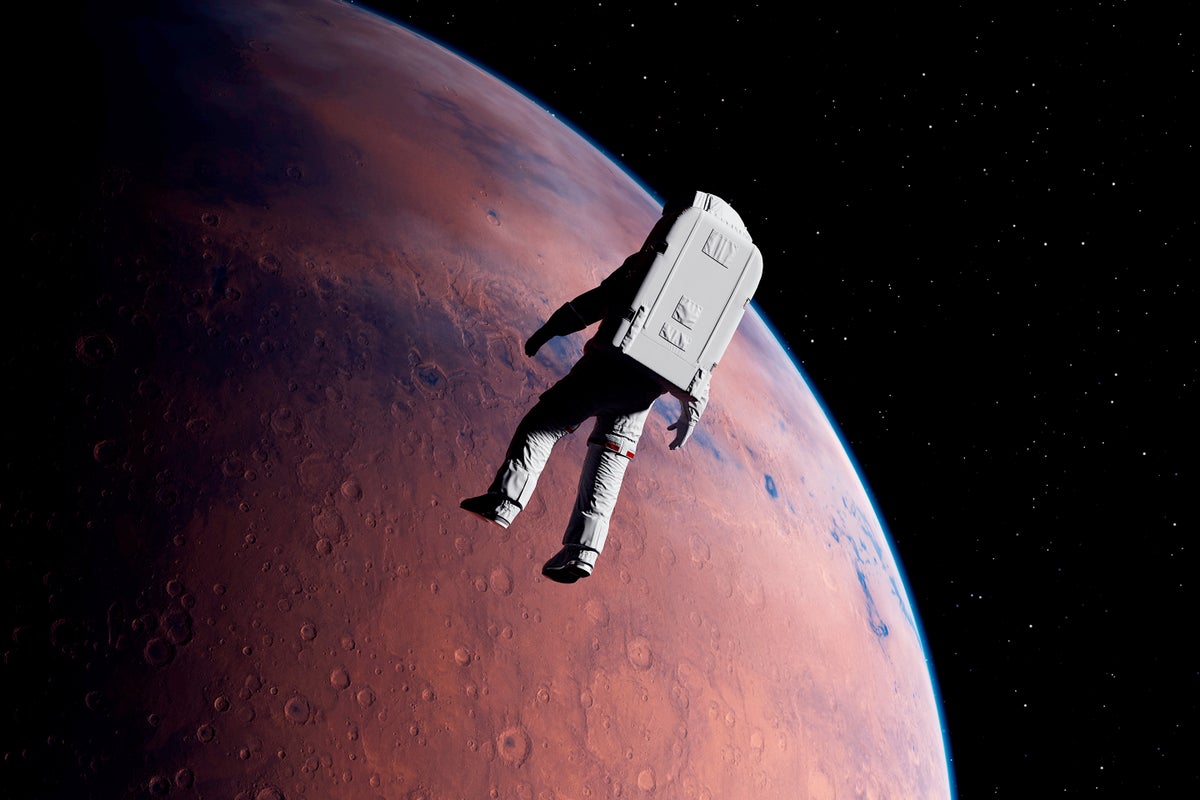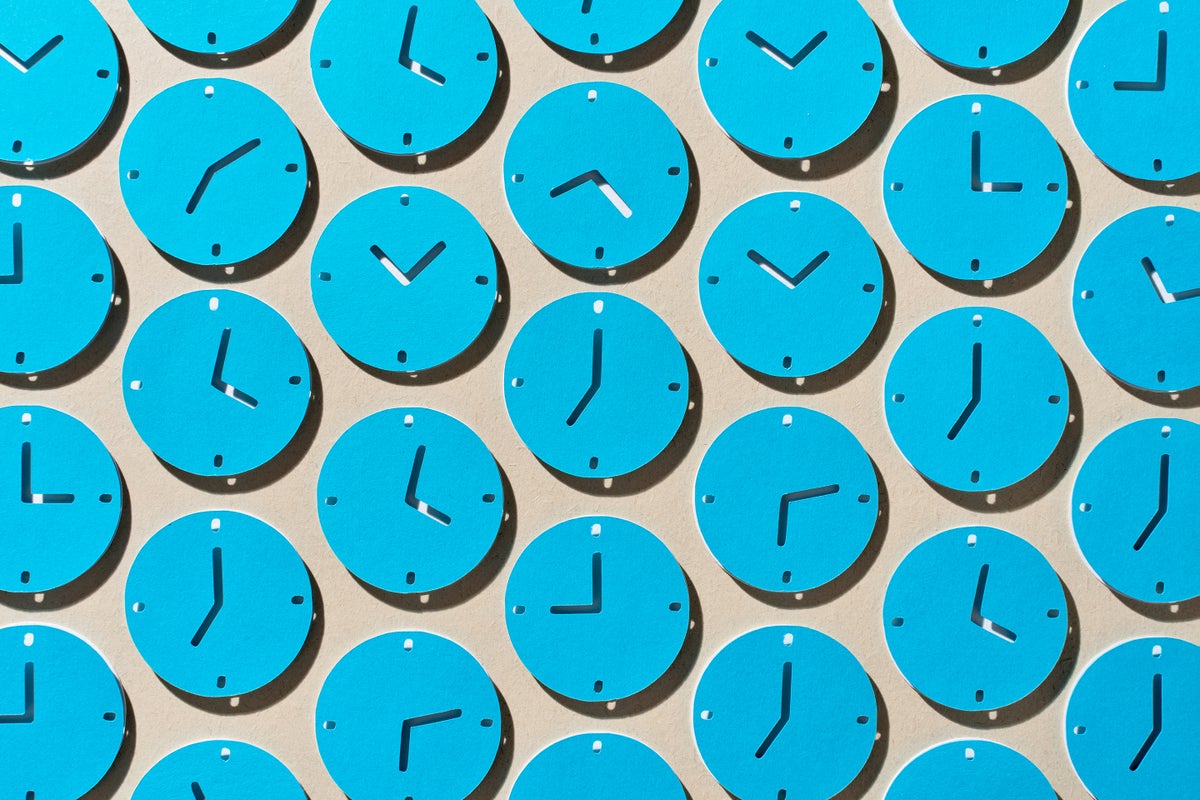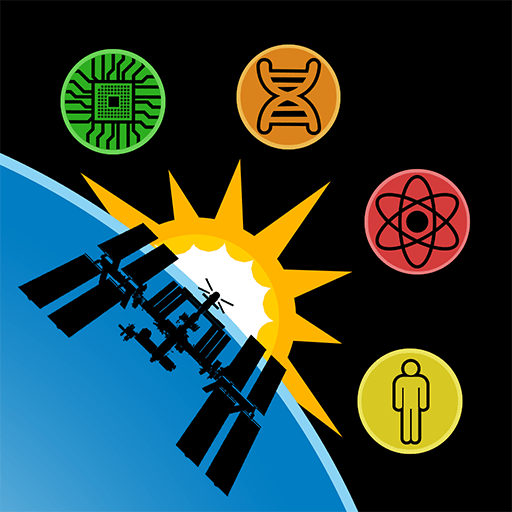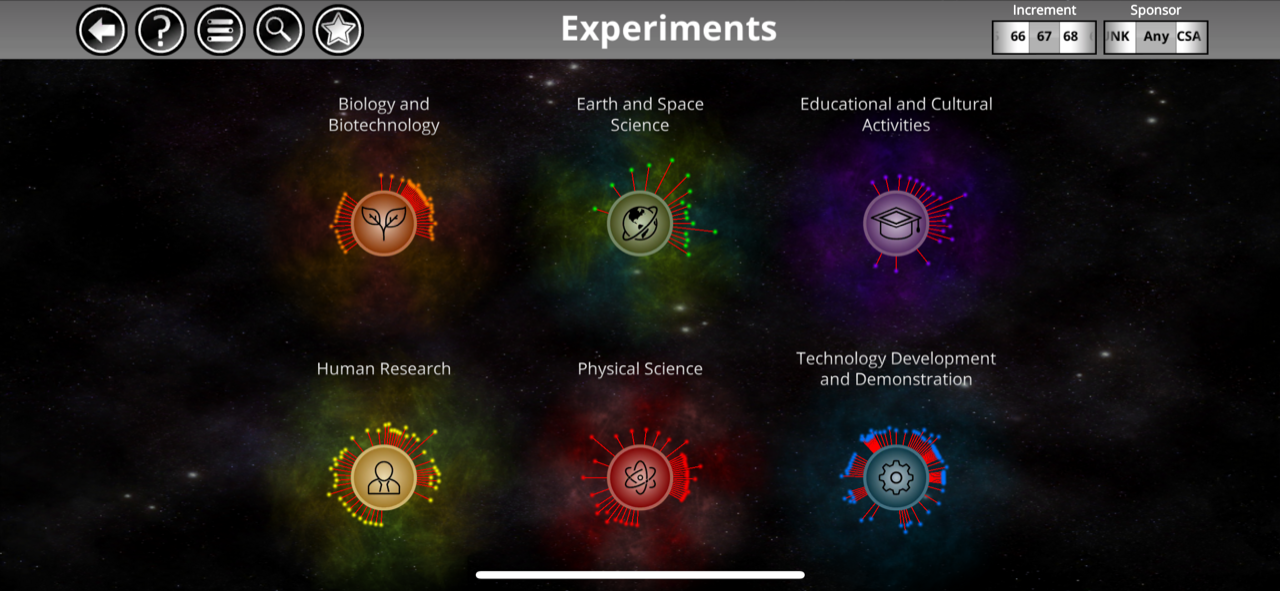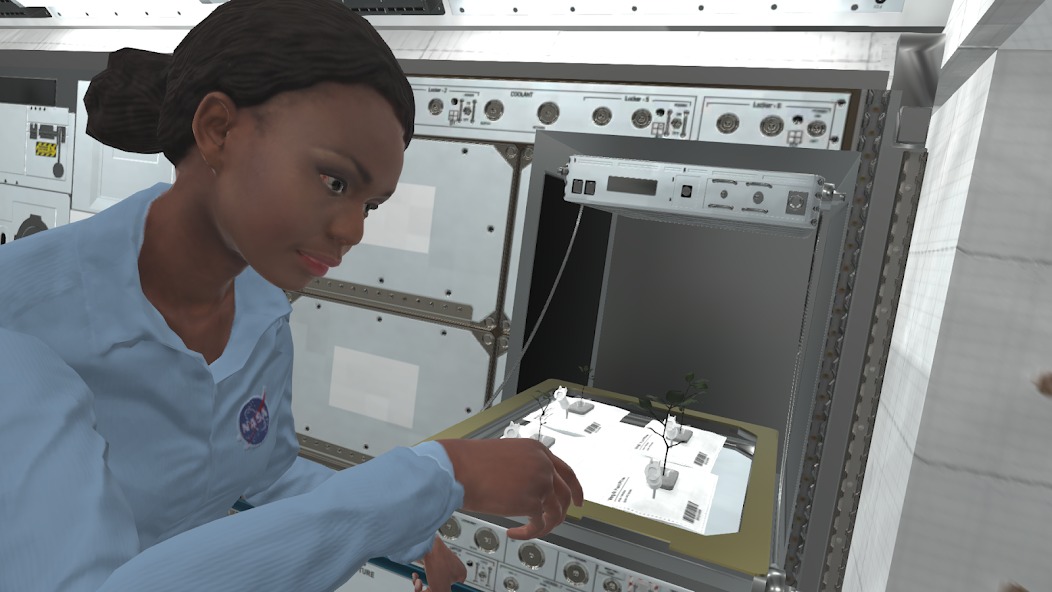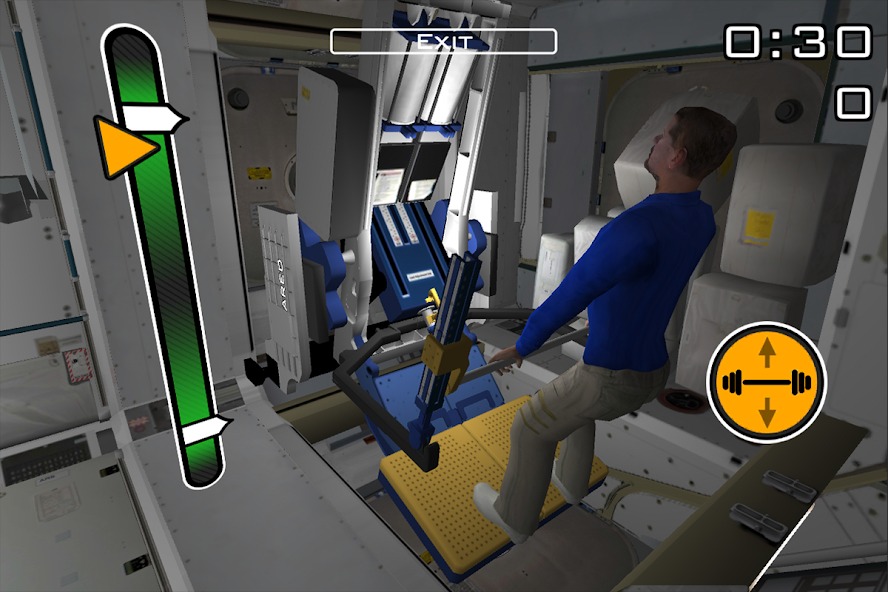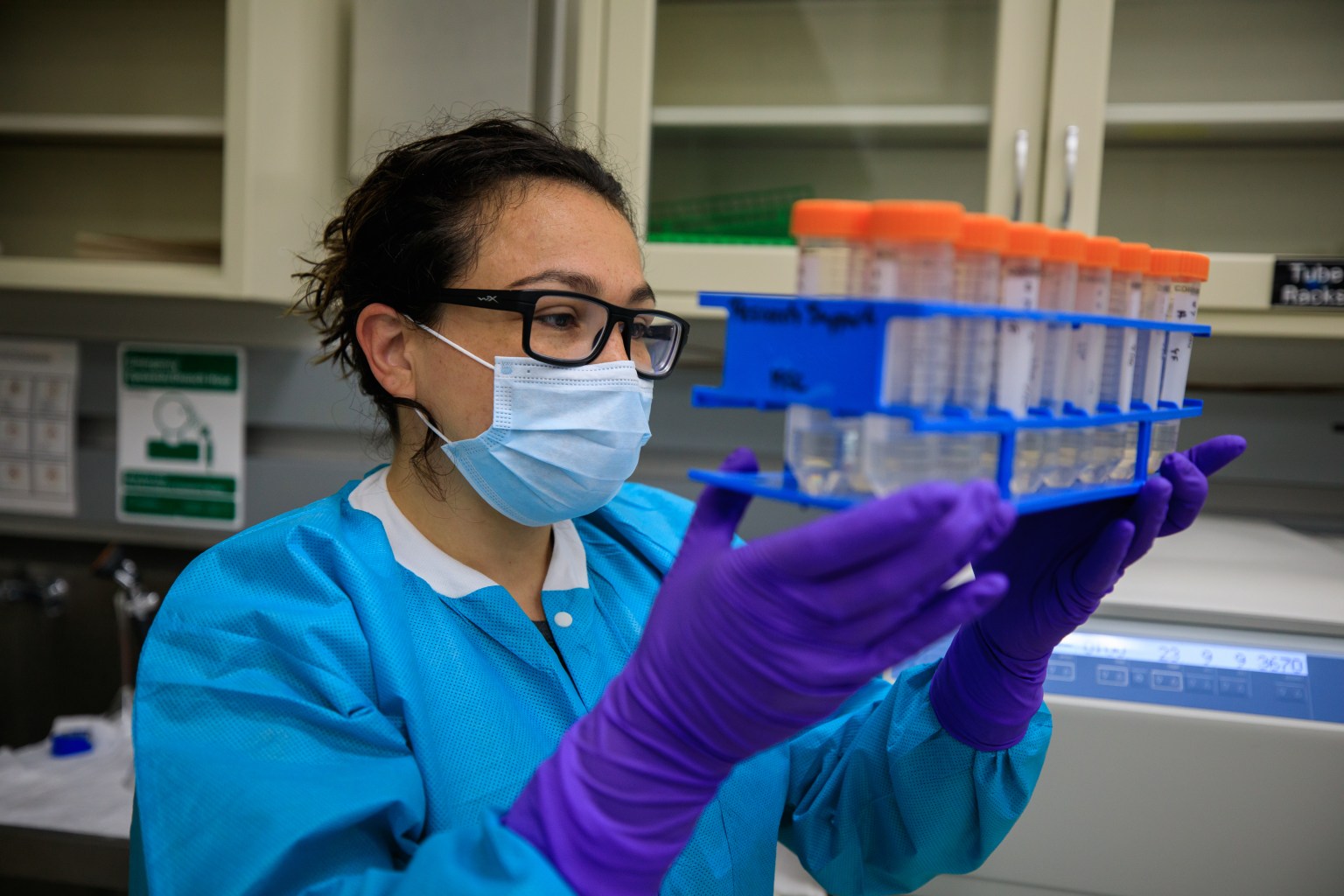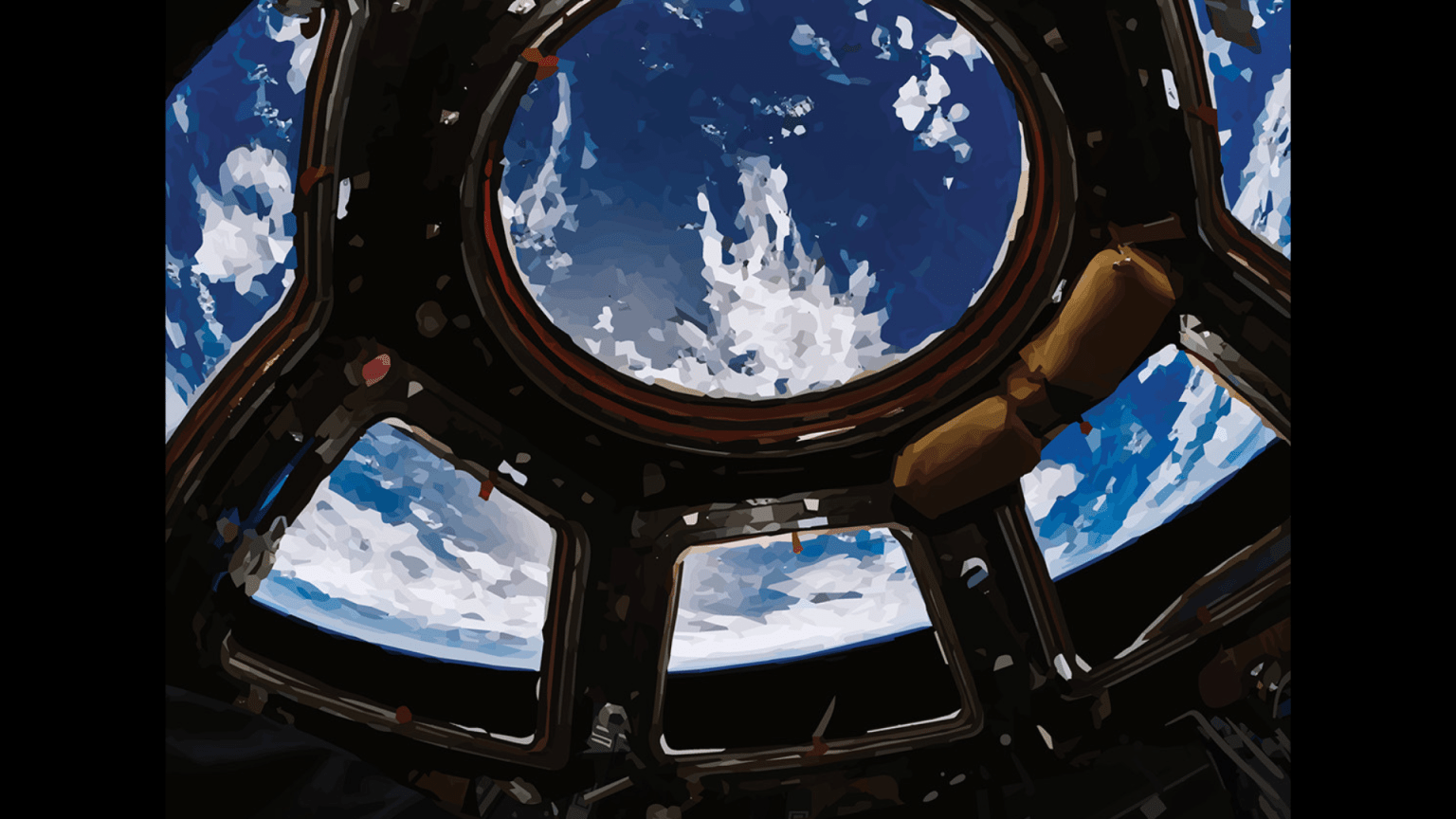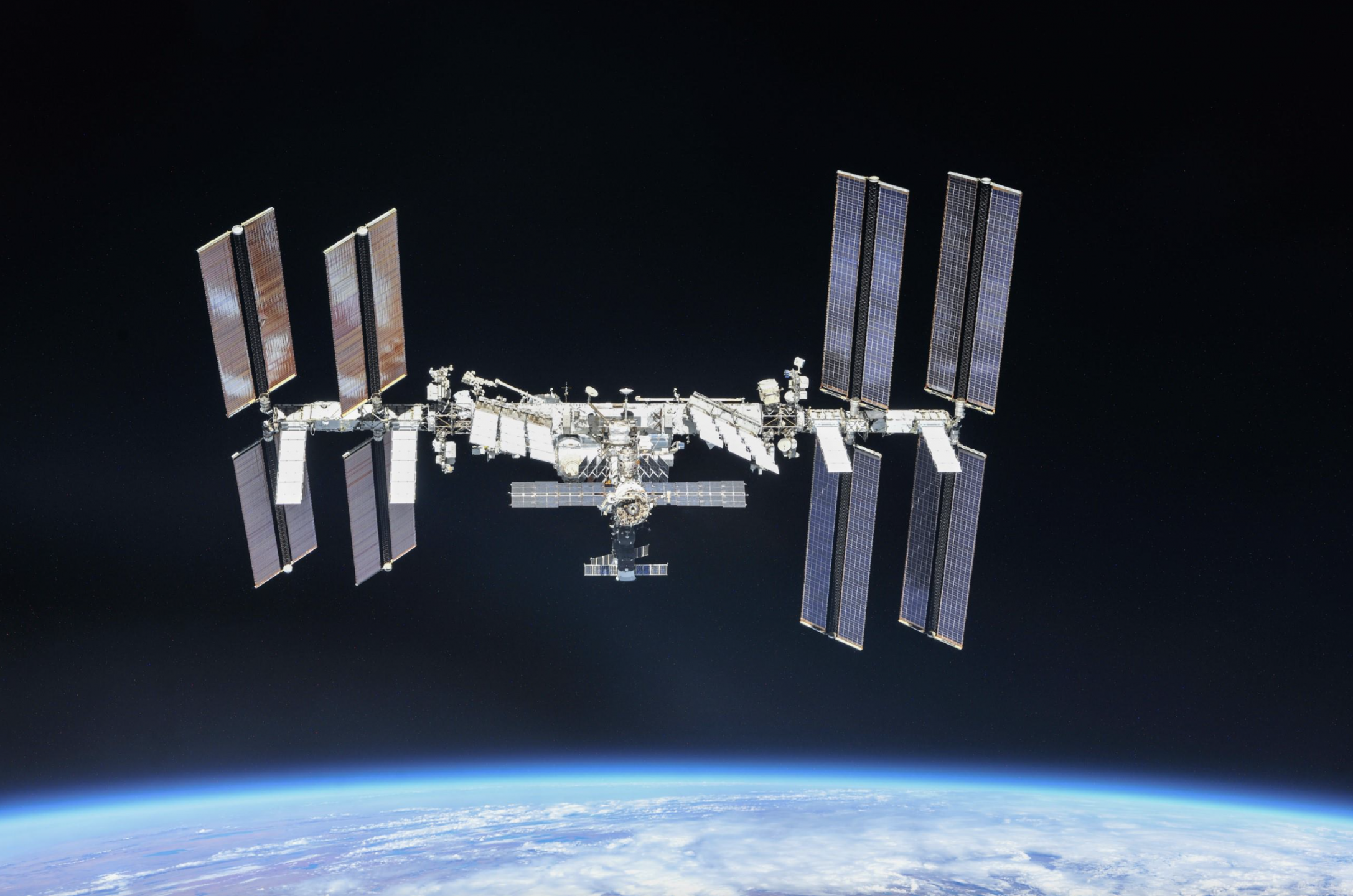Explore International Space Station Research with NASA Mobile Apps
At any given time, crew members are conducting dozens of scientific investigations and technology demonstrations on the International Space Station. If you’re curious about this work, the Space Station Research Xplorer (SSRX) mobile application provides information on these experiments, special facilities on the station, research benefits, and published results. The app includes summaries of each […]
At any given time, crew members are conducting dozens of scientific investigations and technology demonstrations on the International Space Station. If you’re curious about this work, the Space Station Research Xplorer (SSRX) mobile application provides information on these experiments, special facilities on the station, research benefits, and published results. The app includes summaries of each investigation along with photos, videos, interactive media, and additional reference links.
Other sections include:
- Facilities – brief descriptions of research facilities browsable by research category, with images and information on sponsoring agency and organization, research manager, results publications, and media links when available.
- Benefits – information on how the research benefits space exploration and people on Earth, with sections offering more in-depth understanding of the types of benefits, access to the latest ISS Benefits for Humanity publication, and relevant videos and audio podcasts.
- Results – listings of peer-reviewed scientific publications in which papers related to station research appeared in a given fiscal year and summaries of recent and especially compelling findings that advance science, technology, and education, as well as promote the commercialization of space and benefit humankind. This section also provides access to the latest Annual Highlights of Results publication.
- LabTour – exploration of the interior of the station’s Columbus, Kibo, and Destiny modules, including tapping on any of the research racks to learn more information and an experiment description when available.
- Media – a variety of imagery, videos, fact sheets, and social media posts on space station research.
- Links – related space station research and technology demonstration opportunities, mobile apps, web landing pages, podcasts, social media, images, videos, educational resources, and more.
The SSRX app is updated each month and available for iPhone, iPad, and Android platforms. The app is even available to the astronauts currently in space.
Download the Space Station Research Xplorer (SSRX) mobile app from:
Apple Google Play
NASA also offers apps that provide interactive experiences with two major areas of space station research: plant growth and human health.
On the NASA Science Investigations: Plant Growth app, your task as the newest member of the crew is to familiarize yourself with the interior of the station, which is the size of a five-bedroom house and contains a wide variety of equipment and tools. Once you are ready, help with a plant growth experiment, conducting tasks such as watering, trimming, and analyzing plant growth. Future missions need the ability to grow plants in space to provide fresh food for crew members and to contribute to life support systems, and the space station has hosted multiple experiments working toward this goal. Researchers have grown lettuces, Chinese cabbage, mustard greens, kale, tomatoes, radishes, and chile peppers on orbit. Now it’s your turn!
Download the NASA Science Investigations: Plant Growth mobile app from:
App Store Google Play
Your job on the NASA Science Investigations: Humans in Space app is to follow instructions provided and make sure the H-II Transfer Vehicle is successfully berthed to the station. This uncrewed spacecraft from JAXA (Japan Aerospace Exploration Agency) is one of several that make regular visits from Earth, bringing supplies, scientific experiments, and treats for the crew such as fresh fruit. You perform this task while experiencing the effects of microgravity, including adjusting to being nearly weightless, the lack of references such as up or down, and tools that float away.
Download the NASA Science Investigations: Humans in Space mobile app from:
App Store Google Play
What's Your Reaction?


















